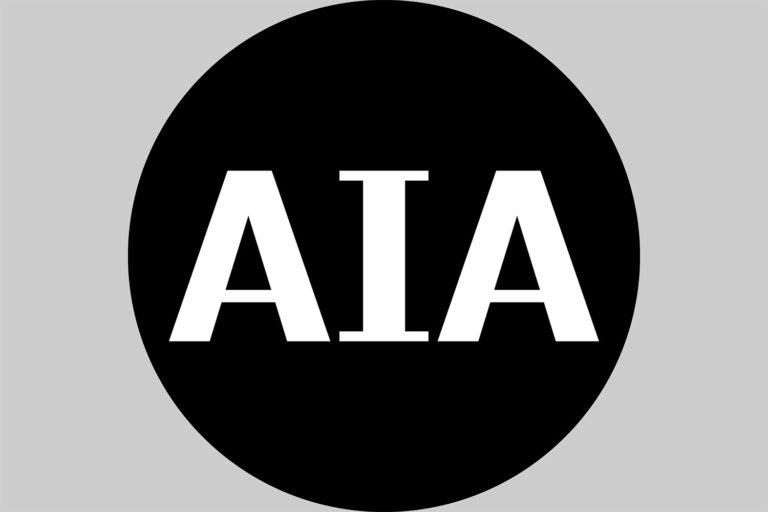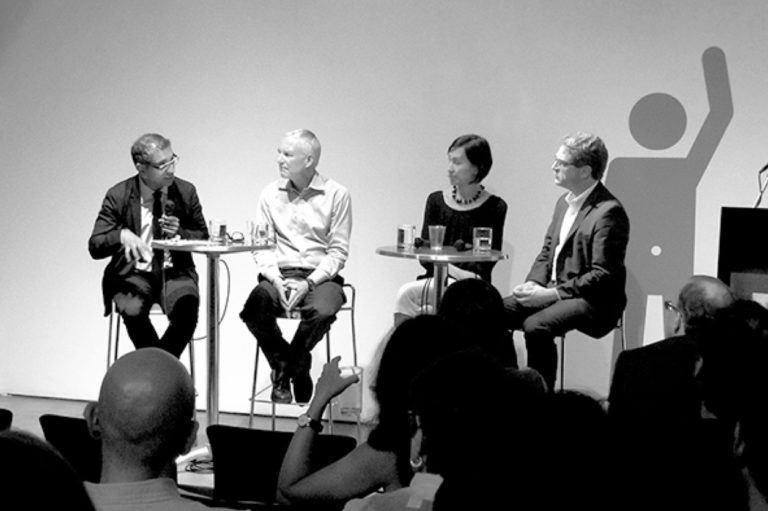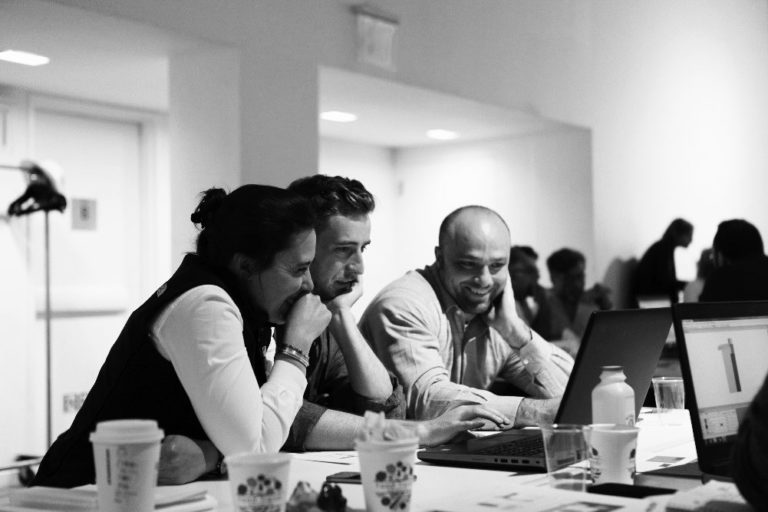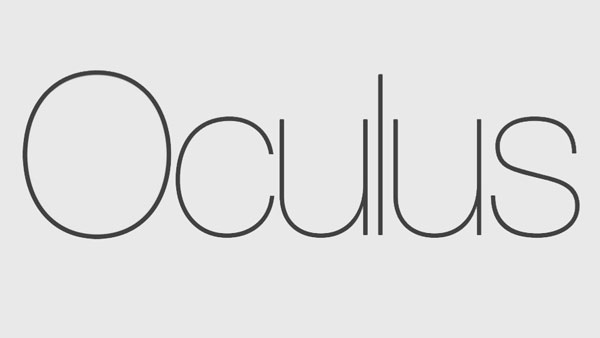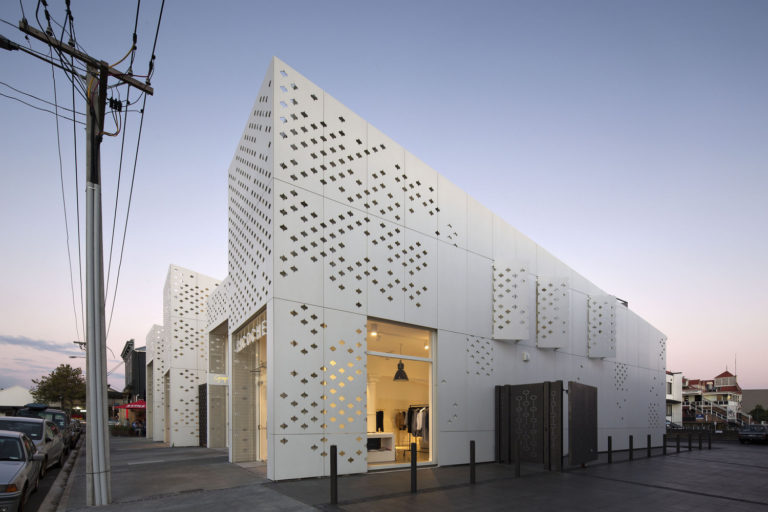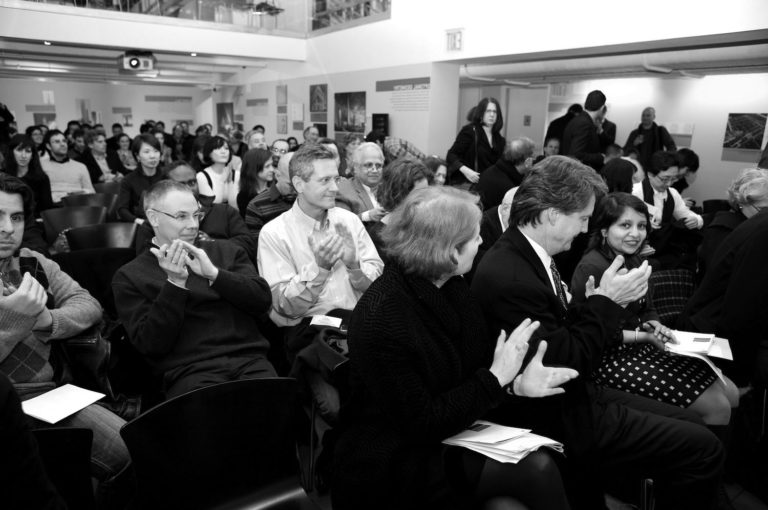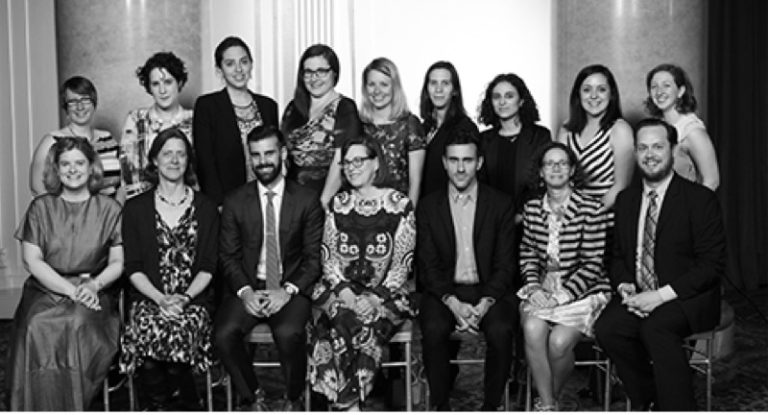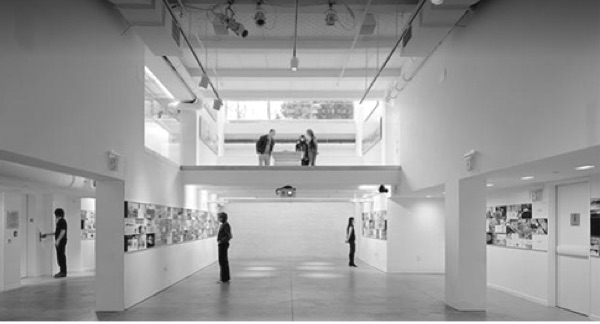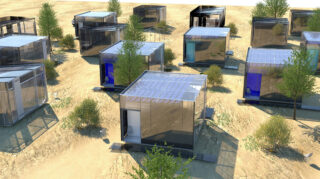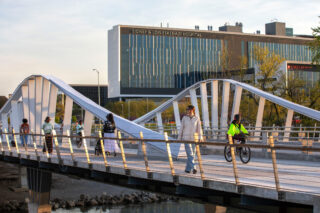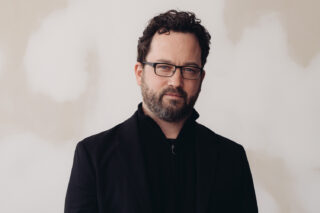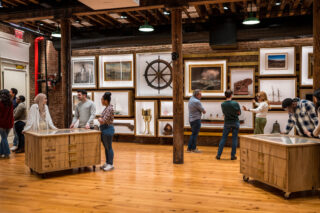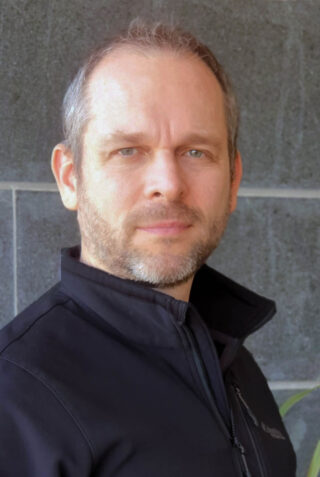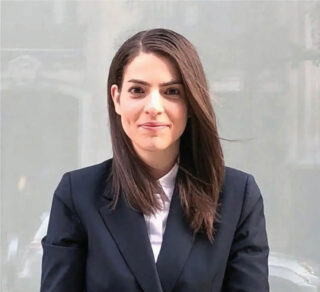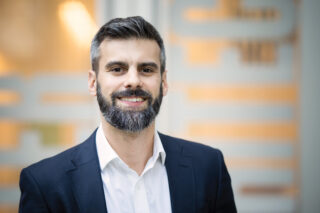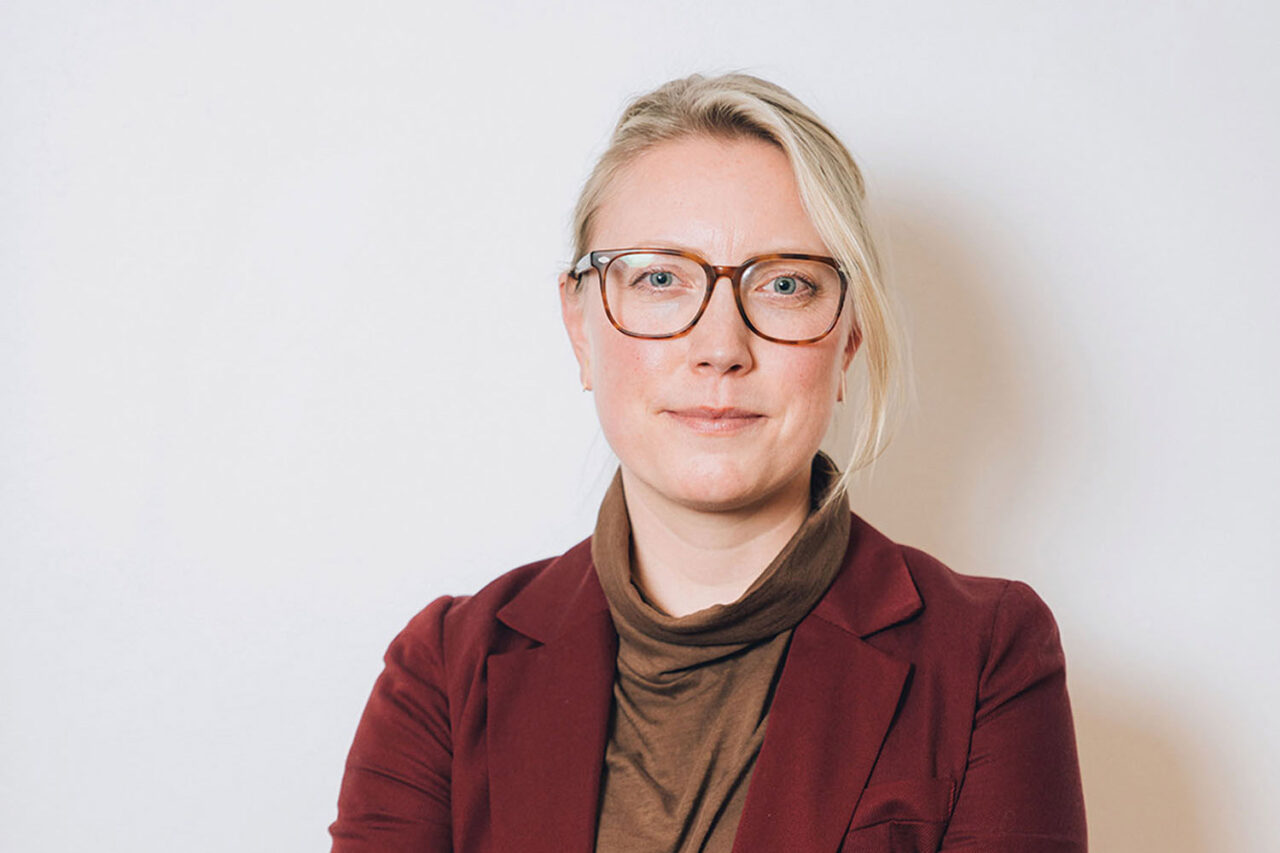
When I consider the year so far, I think that most of the people in my communities and networks are feeling the deep crevices in the structures we assumed would always be there to make us feel safe, healthy, supported, and represented in a variety of contexts. For others, these cracks have been felt and foretold for a long time. Together, we’re now overwhelmed by what, and who, deserves the focus of our energy and resources. Time and again, solace is delivered in the form of solidarity and group effort—the people who pitch in to lift us up and help move our ideas forward.
It was in the spirit of celebrating this kind of support and scaffolding that Oculus editors decided to dedicate this issue to “Teamwork.” When we began discussing the idea, it became apparent that everything connected to the world of architecture would fall under that umbrella. During our many conversations about this issue, we heard again and again: teamwork is the basis of architectural practice. As we went deeper, however, we searched for stories and groups taking that inevitability one step further. We saw the ways in which small firms are resisting the pull to expand, instead focusing on practices and projects that allow them to stay true to a core mission. Our cover project, L.E.FT Architects’ Office of Religious and Spiritual Life and Contemplative Practices at Vassar College, is exemplary of this. “Ziad Jamaleddine says the small size of his office permitted the groups to spend an extended period of time deeply investigating the site and conversing with users over the course of years to refine ideas: surgically removing a floor to uncover the vaulted roof, repurposing beams to accentuate the threshold of the prayer space, and designing a symbolic rug that honors the sacred geography of multiple faiths,” writes Stephen Zacks in his feature “Small Offices, Big Ideas.”
Cross-disciplinary teamwork was another area we wanted to explore: How are architects reaching outside of their go-to peers to get something done? The AIA New York Chapter and Center for Architecture is a complex matrix unto itself: in addition to offering programs that bring the city’s architecture community together, it undertakes work in public debates concerning policy and the built environment. One recent initiative focuses on developing language, visualizations, and stakeholder support for New York Assembly Bill A6964A, which aims to establish new design and construction standards for all-gender bathrooms in New York. I was fortunate to have a conversation with two people helping to lead the initiative, Bria Donohue, who directs the Government Affairs department of AIANY, and Ruth Ro, AIA, NOMA, a Dattner partner and former board member of Build Out Alliance, an advocacy group for LGBTQIA+ professionals in the building industry. Some of our discussion is in the magazine, beginning on page 28, along with perspectives from AIANY’s LGBTQIA+ Alliance co-chairs Matthew Ferraro, AIA, and Eric Ball, AIA. Bathrooms have long been a symbol of how our society either supports or marginalizes certain groups of people, and this is a conversation in which design professionals can bring concrete data and visual support.
“This advocacy shows the unique advantage design professionals can play in this space,” Donohue told me. “Building codes are confusing and complicated and boring; Ruth and her team have created excellent visualizations that show what these bathrooms look like in practice.” It is heartening to know that change—one that benefits currently excluded identities and caregiver groups, as well as designers beleaguered by antiquated building codes—can come out of this coordinated effort.
We could have produced this issue tenfold with entirely different features each time, because the stories of architects working together to make things better with ingenuity, elbow grease, decency, and respect for, well, people, are truly endless. If you’re feeling down, we encourage you to look around for examples and to join in providing future solutions.
